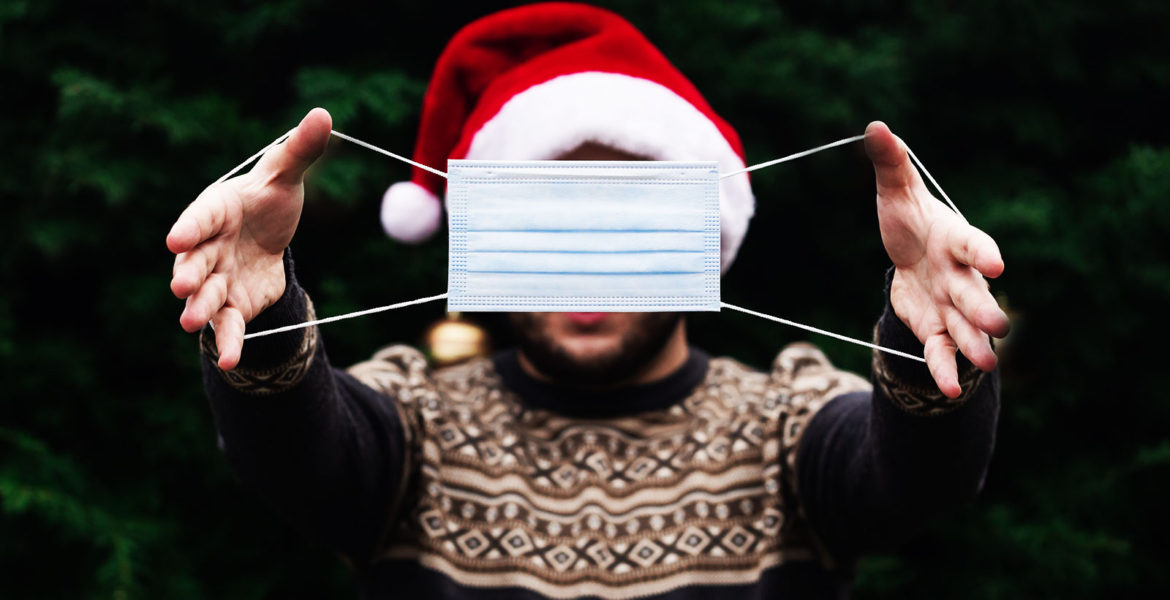By Tom Denari President and Chief Strategy Officer at Young & Laramore
We’re now entering the strangest holiday season our generation has ever experienced.
Given the increasingly record-breaking rates of coronavirus infections, hospitalizations and deaths all over the country, bringing extended families together is being rightly discouraged by public health officials across the US—resulting in the most altered Thanksgiving we’ve ever had. And, we may be facing even increased restrictions in a few weeks.
Anticipating this, our team at Young & Laramore pulled together what we’ve called our “covid consumer immersion” to provide clues about how brands can quickly respond to this situation. With just a few weeks to go, it might seem lost, but we believe there’s still time to react.
Our typical consumer immersion process involves going into people’s homes to have open conversations about who they are, what they do and how they feel. Our goal is to make them as comfortable as possible, so they don’t hold anything back. Because we obviously couldn’t go into homes, we scheduled video calls with people all over the country. From a mother in Kansas teaching English to children in China, to a Texas urbanite who’s working his way through an unknown job market after being laid off twice since March, we looked to talk with a diverse group, racially, politically and socioeconomically.
What did we find?
The most powerful takeaway was that the coronavirus is causing consumers to face a duality of competing thoughts. On one hand, the vast majority of people appreciate the relative safety that a school, a restaurant, or store might be imposing through restrictions, cleaning protocols or even mask-wearing. But, if those actions make an experience feel too altered, many simply don’t want to engage in the experience at all. One mom explained why they nixed flag football for her kids: “Because of the number of restrictions, it would have just looked totally different. It just wasn’t worth it. We want to give them as many unedited or unaltered experiences as we can.”
This desire to get back to “normal” and connect with others has created inner conflict, as well. We had perfect strangers tell us that they went to restaurants, weddings or social events, but also revealed that they wouldn’t let family members know about it. These people appeared to be almost ashamed to admit they were out and about because they figured their friends or family members would think they were being irresponsible. A young woman from Indiana described it: “The part that makes me feel [guilty] is the backlash from friends and family. Like, my sister is the COVID police officer. But if it wasn’t for that, I wouldn’t really care. Which is bad to say.”
Understanding these dynamics, how can brands respond and help people navigate these altered holidays?
First, because we all have an innate human need to connect with each other, recognize that this could be a very lonely holiday season for people. Typically, airports and highways would be jammed with people traveling to stay with family and friends. But, this year, most people will be celebrating in much smaller groups—or possibly even alone, making what is a traditionally stressful time, even more so.
And thus, brands should meet people where they are—in these now smaller groups who yearn to be with others—and help make an altered holiday experience a positive one by acknowledging that this is different while offering new ideas for a reimagined holiday season. It’s the perfect time for brands to do what they do best, helping people connect with each other. Here are some examples:
Create connection virtually, through physical things
This is what social media was made for. Take the typical idea of a family wearing matching pajamas, and expand it to the extended family all over the country. Or, suggest funky socks, or branded t-shirts. If you sell food, encourage customers to ship desserts to family members so that everyone can compare flavors.
Connect people through common experiences
This might mean promoting a recipe or even a machine (think bread or ice cream maker), encouraging cooking or baking together over video chat in the days leading up to the holiday. Vintners could suggest a virtual wine tasting for extended families. Maybe you’re a toy brand that promotes the playing of a collective game through video chat. Or, your brand could create, promote and share a curated holiday Spotify playlist. And, watching a holiday movie together with everyone eating the same snack can be fun, too. Netflix and Disney+ both allow spread out subscribers to watch movies simultaneously, virtually.
Create smaller sized products and occasions
Smaller and more intimate events can create rich, memorable experiences, too. Both Kroger and Bob Evans are embracing this by promoting smaller versions of the typical large holiday meal. This could also be the year that toy and game brands encourage more engaged time within the immediate family. Speaking of smaller groups…this year you have an excuse to avoid the long lines to see Santa since Nordstrom is doing virtual Santa chats.
Remember, the holidays are about making connections. This year will be altered, no matter what, so think about your brand through these lenses to see what your brand can do to help make this year’s season as enriching for your customers as possible. Who knows, this pandemic might even create new family traditions. And in the process, you might even sell something.

